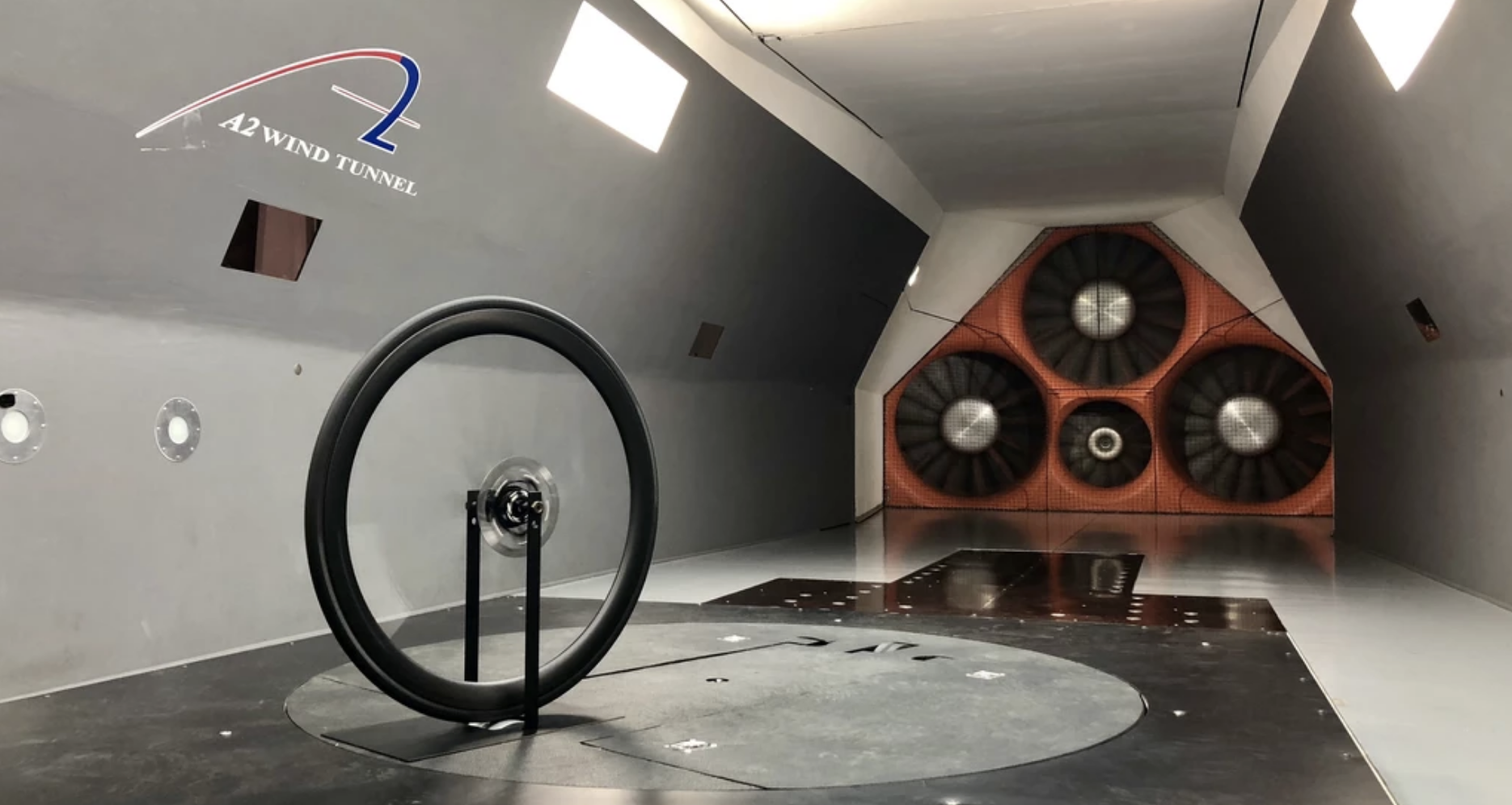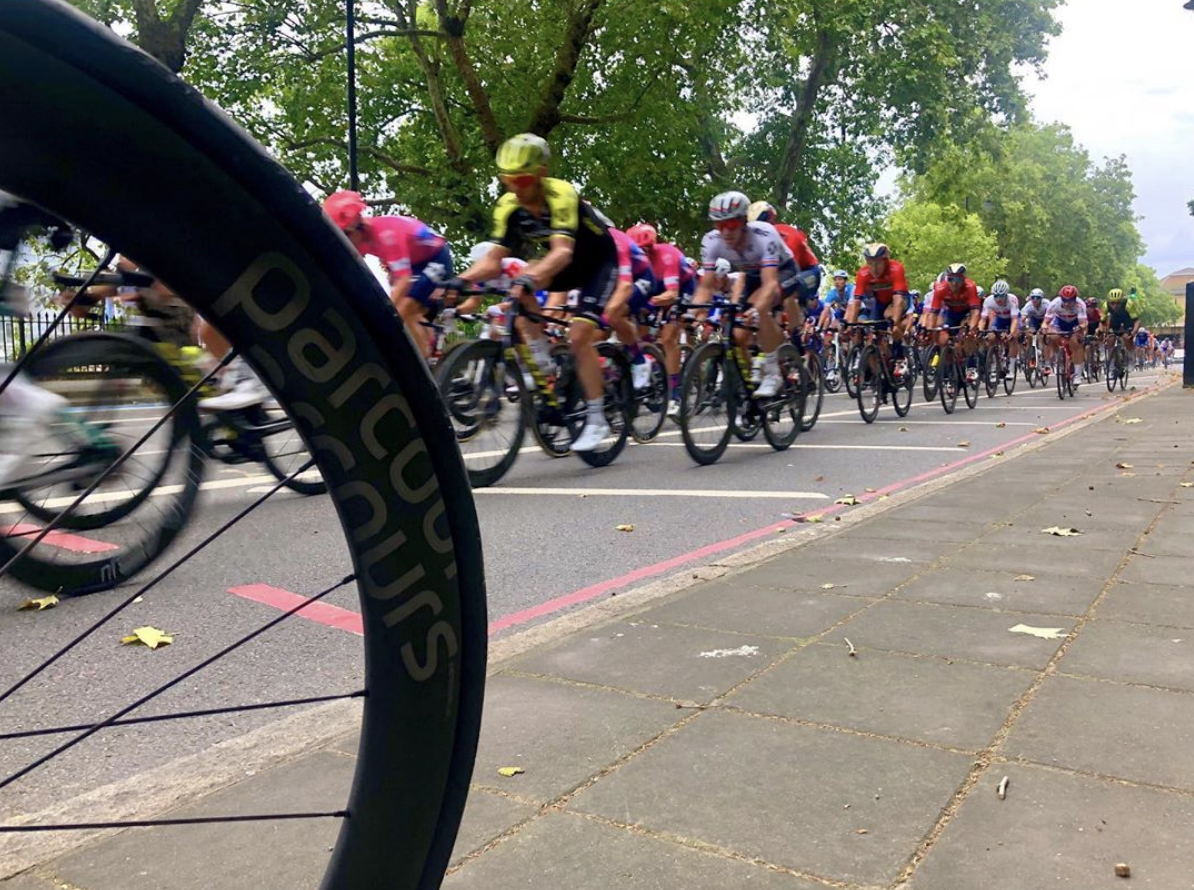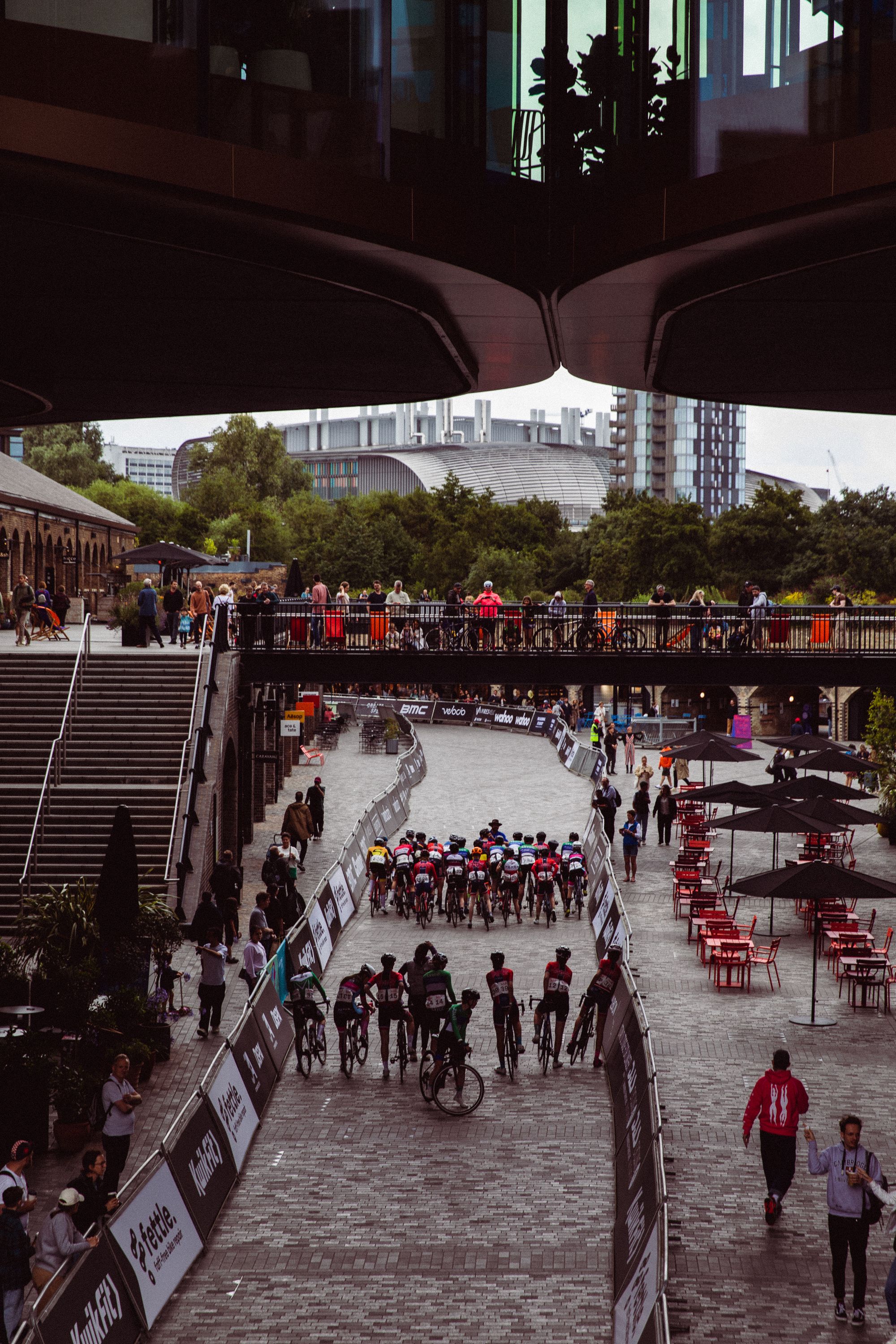If you're looking to have a better season in 2020, then optimising the set-up of your summer wheels is definitely something worth looking into. After all, fast wheels equal a fast bike. Thanks to testing from Parcours, we can reveal the aerodynamics of 7 popular tyres, demonstrating which pair are fastest.
Since Parcours last round of tyre testing, many of the leading tyre manufacturers have released either new tyre models or updated their existing range. So here are the latest tyres, pitted against the wind tunnel.

As part of our recent wind tunnel test programme, we wanted to look at a number of these tyres to determine where things stand in the aerodynamic hierarchy. We also wanted to go a step further this time and take rolling resistance into consideration when looking at the outright fastest tyre available. - Parcours Wheels
Laka is an insurance company that takes care of the whole cycling community, whether you're on the winter club run or sheltering from the rain on the turbo. Our blog covers all things cycling, to keep our community in the loop. Click here to get an instant quote.
Why Aerodynamics? And Why Rolling Resistance?
Cyclists have forever been obsessed with weight. Drilling and shaving components to make them as light as possible, was a regular practice with some weight weenies insisting that drilling holes in handlebars equals speed. Since the less weight you carry around, means you're going to go faster right?
Well weight is still important, especially for climbing, when speeds are lower and gravity has a larger effect. Nonetheless cyclists have become increasingly aware of the role in aerodynamics when riding at high speeds, thanks to scientific improvements and the marginal gains philosophy. Since to ride faster, you're going to have to push harder against the wind in front of you. Therefore making sure your set up is as streamlined as possible, will help the airflow around you, rather than making your bike a parachute to hold you back.
However a pair of super aerodynamic tyres are useless if they don't roll efficiently. Rolling resistance quantifies the energy lost when the tyre is rolling. Many parts of the tyre impact rolling resistance such as tyre width, inflation, compound and bead. Although, it's proven that wider tyres have better rolling resistance, due to wider tyres having a 'rounder' connection to the ground. The round/wide contact point offers less rolling resistance and thus rolls faster!

THE AERODYNAMIC COMPARISON:

The chart above shows a combination of our existing data from our 2018 test results with the results from the updated tyre selection in 2019. Where a tyre has been updated by the manufacturer since our 2018 test, we have excluded the slower version (in all cases this was the 2018 model).
An interesting observation was that older model tyres (tested in 2018) would inflate to 10-12% wider than their stated width, when fitted to our Chrono front wheel (internal rim width 20mm). However, the newer 2019 tyres would only increase by < 5% versus stated width. Given the reduction in frontal area, this likely had an impact on aerodynamic performance.
OVERALL RANKING:
We then combined the weighted average aerodynamic drag (as tested above) with the rolling resistance (as tested by Bicycle Rolling Resistance) to give an overall performance figure for each tyre.

These results clearly show that whilst reducing rolling resistance has been the headline goal for tyre manufacturers when releasing new models, aerodynamics have also not been dismissed. In fact, the three highest-performing tyres were all released in the past 12 months.
There are a couple of additional points to note:
- In order to maintain consistency with previous tests, all data shown is at 100psi. However, when using rolling resistance figures at a more-realistic 80psi (as per our recommended inflation levels for a 25mm tyre on the Chrono front wheel) does not impact the rankings above. The overall deficit to the leading tyre is however reduced in each case by between 5 & 15%
- Older model tyres (tested in 2018) would inflate to 10-12% wider than their stated width, when fitted to our Chrono front wheel (internal rim width 20mm). However, the newer 2019 tyres would only increase by < 5% versus stated width. Given the reduction in frontal area, this likely had an impact on aerodynamic performance
- Tyres included were based on availability at the time of testing. In the case of both the Schwalbe Pro One TLE and Pirelli PZero Velo, the manufacturer in question does offer a tyre model with a lower rolling resistance:
- Schwalbe Pro One TT TLE vs. Schwalbe Pro One TLE – taken purely visually, the tread pattern does appear very similar between the two tyres, albeit the TT version does have a slight “lip” at the point on the tyre where the colour changes. Were this not to have any aerodynamic impact, this would in fact make the TT TLE the overall fastest tyre (implied total of 26.7W vs. the 27.3W of the Corsa Speed G+ 2.0 TLR).
However, prior testing (November 2018) has shown that there is likely to be an aerodynamic impact from this “lip”, so further testing would be required. - Pirelli PZero TT vs. Pirelli PZero Velo – given the difference in tyre tread, we do not believe it would be fair to take the PZero Velo aero data as a proxy for the PZero TT.
- No consideration was given to the comparative durability (puncture-resistance) or grip of any tyre tested. These factors will very likely play a part in any rider’s decision
UPDATE 8TH NOVEMBER:
We have been asked by a number of readers what the actual measured width of each tyre was on the Chrono rim (all 25mm stated width unless otherwise noted):
- Pro One TLE 25.8mm
- GP5000TL 26.1mm
- Corsa Speed G 26.2mm
- IRC 25.8mm
- Vredestein 27.9mm
- Pirelli PZero 27.6mm
- Turbo Cotton 26.4mm (24mm stated)
This test was a feature on Parcours own blog and can be found here.
Whilst you are here...
... did you know that if you take part in races or sportives you are covered by Laka's race cover? The only exception being if you are professionally paid to participate. So if you hit the deck on the first corner of your local crit, Laka has got you covered. Find out more - Laka






